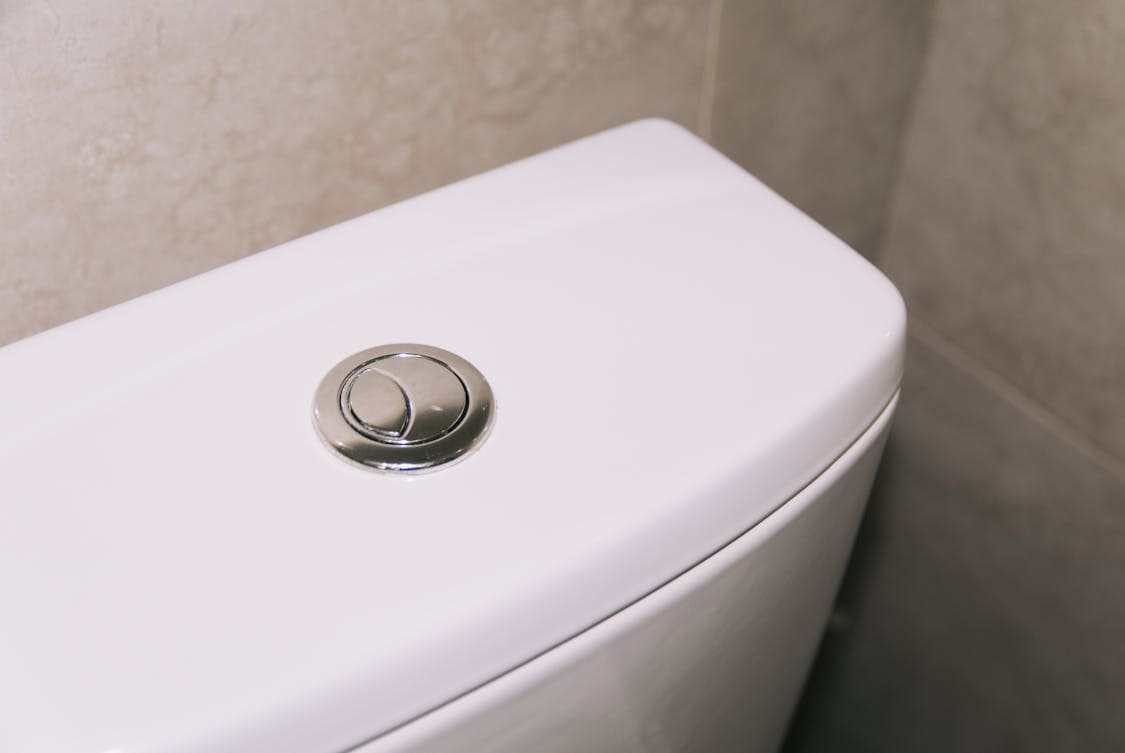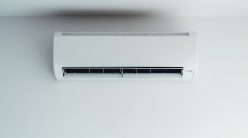Toilets are essential fixtures in our daily lives, and when they malfunction, it can lead to frustration. One of the most common issues is low water pressure.
This problem not only affects the flushing capability but can also create a more significant plumbing nightmare if left untreated. Understanding the underlying causes of low toilet water pressure can help you troubleshoot the problem effectively.
Understanding Toilet Water Pressure
Toilet water pressure refers to the force at which water enters the toilet tank and bowl. This pressure is vital for ensuring that your toilet flushes efficiently.
A well-functioning toilet relies on a steady flow of water to remove waste and refill the tank. When the pressure drops, flushing can become ineffective, leading to multiple problems.
High water pressure is often not an issue for most toilets, but low pressure can create a cascade of problems that affect daily routines. While it’s easy to overlook, paying attention to this detail can save time and headaches in the long run.
Common Causes of Low Toilet Water Pressure
Several factors can cause low toilet water pressure. By identifying the root cause, you can take the necessary steps towards a solution.
Clogged Supply Line
Your toilet’s water supply line may be clogged with mineral deposits or debris. Over time, this buildup can significantly reduce the flow of water.
If you suspect clogging is the issue, inspect the supply line for any blockages. You might need to disconnect the line and clean it out thoroughly.
Regular maintenance is key to avoiding this issue. Flushing your water supply lines with vinegar or a specialized cleaner can help keep mineral buildup at bay.
Malfunctioning Fill Valve
Another common culprit is the fill valve. This component controls the flow of water into the tank after a flush. If it’s partially closed or damaged, water may not flow freely, leading to low pressure.
Checking to see if the fill valve is functioning correctly is a good starting point.
You can test the fill valve by observing the water level in the tank. If it doesn’t rise to the marked level, the valve might need adjustment or replacement.
Replacing a faulty fill valve can restore proper water pressure and improve flushing performance.
Issues with the Shut-off Valve
The shut-off valve, located behind the toilet, controls the water supply to the toilet. If this valve is not fully open or has become damaged, it can restrict water flow.
A partially closed valve may seem insignificant, but it can severely impact performance.
To remedy this, inspect the shut-off valve. Turn it counterclockwise to ensure it’s fully open. If it remains stiff or leaks, it may need to be replaced.
A functioning shut-off valve contributes greatly to maintaining optimal water pressure.
Plumbing System Problems
Sometimes low toilet water pressure can be traced back to broader plumbing issues within the home. If multiple fixtures are experiencing low water pressure, the problem might lie in the plumbing system itself.
Factors such as old pipes, leaks, or even issues with the municipal water supply can contribute to this.
If you notice consistent low pressure across various faucets and fixtures, it might be wise to consult a plumber. They can diagnose the issue and recommend necessary repairs.
Tank Size and Design
Toilets come in various designs and configurations, and some models may have built-in features that affect water pressure.
For instance, low-flow toilets are designed to use less water per flush but can sometimes result in a weaker flush if not properly maintained. If your toilet is older and not functioning efficiently, consider whether it’s time for an upgrade.
Understanding your toilet’s design can help gauge whether low water pressure is a result of its configuration. Newer models often have better technology to optimize water usage while still providing adequate flushing power.
Blockages within the Toilet

Inside the toilet itself, there can be blockages within the trap or rim jets. These blockages can restrict the flow of water entering the bowl. Often, mineral deposits from hard water can accumulate in these areas, leading to reduced pressure during flushes.
To tackle this, consider using a toilet auger or plumber’s snake to remove any obstructions. If you encounter stubborn blockages, a Plumber Paddington NSW can provide expert help to clear the lines and restore proper flushing power.
Hard Water Issues
Hard water contains high levels of calcium and magnesium, which can lead to mineral buildup in your plumbing fixtures. This buildup can cause clogs and reduce water pressure over time.
If you live in an area with hard water, consider installing a water softener. This will help prevent mineral deposits from accumulating and ensure better water flow throughout your home.
Regular maintenance of your plumbing fixtures is essential if you have hard water. Flushing the system with descaling solutions can keep your pipes clear and maintain healthy water pressure.
Damaged Pipes
Old or damaged pipes can lead to various plumbing issues, including low water pressure. Corrosion, leaks, or cracks can significantly impact the flow of water to your toilet.
If you suspect that your pipes are not in good condition, it might be time to have them evaluated by a professional.
Replacing damaged pipes may require a more significant investment, but it can solve numerous issues beyond just low water pressure.
Modern piping materials offer better resistance to corrosion and clogs.
Water Heater Problems
Though not directly linked to the toilet, issues with the water heater can sometimes create pressure problems, particularly if your toilet is connected to a mixed system.
If there are fluctuations in pressure when using hot water, it may indicate issues with the water heater that need addressing.
Regular maintenance of your water heater can prevent these issues. Flushing the tank annually can help mitigate mineral buildup and ensure steady pressure throughout your plumbing system.
Seasonal Changes
Sometimes, low water pressure can occur due to seasonal changes. For instance, in colder months, pipes may contract, affecting water flow.
Conversely, during the dry season, higher demand for water can lead to lower pressure in municipal systems.
Keep an eye on when you experience low water pressure. If it seems to correlate with seasonal shifts, the issue may not be specific to your plumbing but rather a broader environmental factor.
Municipal Supply Issues
Finally, consider that low water pressure could stem from your water supplier. If there are any leaks or maintenance work being done on the main lines, you might notice a dip in water pressure.
Sometimes, municipal systems may experience fluctuations that impact service to your home.
If you suspect this is the case, contact your local water authority for an update. They can provide valuable information regarding any ongoing issues that might affect your water supply.






